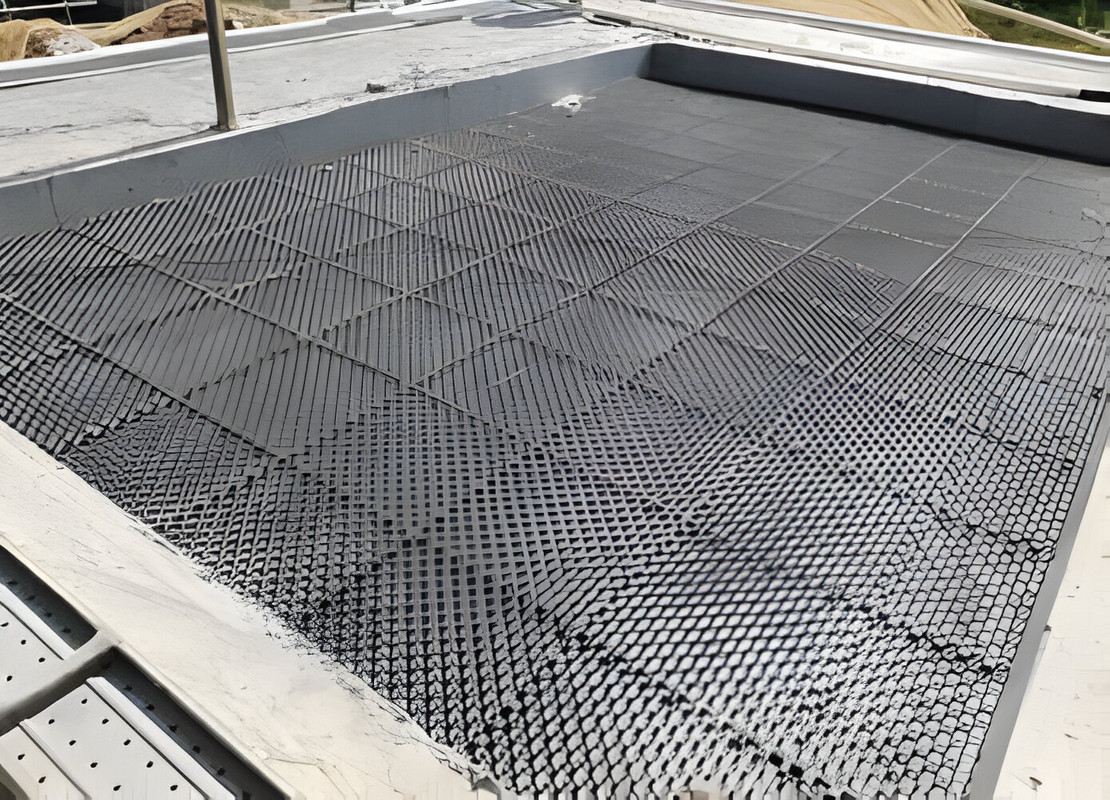Installation Guide: How to Correctly Install a Drainage Cell System for Optimum Performance
Ever laid awake on a stormy night, nervously listening to the ominous sound of dripping water in the depths of your house? Or perhaps you've experienced the sinking feeling of realizing that your beautifully manicured garden rapidly turns into a swampy mess at the slightest hint of rain. If you're nodding along, then it's quite likely that your property suffers from poor drainage. Could a drainage cell system be the answer to your woes? Let's find out.
Welcome, dear readers, to an enlightening journey through the world of home improvement. In this post, we'll be demystifying the buzz around drainage cell system. Together, we'll delve deeper into the nitty-gritty of these ingenious systems, understanding their importance, function, installation procedures, benefits, and potential drawbacks.
Whether you're a handy DIY enthusiast thirsting to improve your skills or a homeowner battling water-related woes, understanding how these systems work could save the day – and your wallet! So grab a cup of coffee or tea, put on your proverbial mining caps, and join us as we unearth the secrets of mastering drainage cell system installation.

The 'Why' Behind Drainage Cell Systems
Ever wondered why, despite your best efforts, water seems to have a mind of its own? Water naturally travels along the path of least resistance, leaving your precious home, garden or basement in its destructive wake. Drainage cell systems serve as a guide, channelling this water away from your fortress and safely into municipal drainage lines or soakaway pits.
Undoubtedly, the adverse effects of poor or inadequate drainage can't be overstated. From devastating structural damage to costly repairs, poor drainage indeed makes for an expensive adversary. By ensuring timely, efficient water flow, drainage cell systems can not just expertly ward off these potential dangers but also ensure that your surroundings retain their aesthetic appeal year-round.
Answering the 'What': Unravelling Drainage Cell Systems
At its core, a drainage cell system is not as complicated as it sounds or looks. Picture a three-dimensional, honeycomb-like plastic structure designed to catch and channel water. Stacked and interlocked together to form a sub-surface drainage layer, these cells offer a perfect route for unwanted water to permeate through, sparing the structures and areas above from unwanted moisture or water.
Thanks to technological advancements, modern-day drainage cells are lightweight, easy to handle and install, and boast impressive strength and durability. They're also a commendable ally for those environmentally conscious, promising excellent water-saving capabilities without the use of harmful materials.
Untangling the Installation
A well-installed drainage cell is like a well-oiled machine, improving the performance of your drainage system with minimal upkeep. But how can you ensure correct installation? To start, ensure a stable, level foundations before proceeding. A geotextile fabric layer is then laid out – this magical material acts as a filter, keeping out soil but allowing water passage.
The drainage cells are then neatly stacked upon this fabric, edged properly to remove any gaps. A second layer of geotextile fabric goes atop this, forming a sandwich-like structure. The area is then backfilled with suitable topsoil, ensuring an unobstructed water path. And voila! Your drainage cells are ready to do their job!
Pros and Cons: Weighing Your Options
Now, onto the juicier part - weighing the pros and cons. On the positive side, drainage cell systems offer seamless water management, structural protection, eco-friendliness, low maintenance, and cost-effectiveness over time. Their lightweight structure makes them easier to handle and install compared to traditional methods.
However, their initial costs can often be higher than conventional drainage alternatives. Installation might also require professional assistance, especially for larger or more complex spaces.

Drainage Cell System Maintenance: An Ongoing Commitment
Lastly, a word on maintenance. Maintaining your drainage cell systems is as critical as its installation. Regular checks for signs of system overload, blockages, and cleaning are all part of responsible ownership, ensuring the longevity and optimum performance of your system.
Conclusion:
Water-related woes can be a constant source of stress for homeowners; the threat seldom seen but always lurking in the background until unmistakable signs of structural damage surface. A correctly installed, well-maintained drainage cell system, therefore, serves as a worthy investment, protecting not just your structures but also your peace of mind.
Armed with this knowledge, you're better equipped to make a wise decision regarding your home’s water management needs. Remember, however, that every property is unique. Thus, while we've tried to provide a comprehensive guide, we strongly advise consulting with professionals for a personalized drainage design and installation plan that best suits your requirement. After all, as Ralph Waldo Emerson beautifully termed it, a house is much more than a mere shelter; it's a body that harnesses "the constitution of man". Let’s ensure we treat it with the care and protection it requires.







No comments :
Note: Only a member of this blog may post a comment.